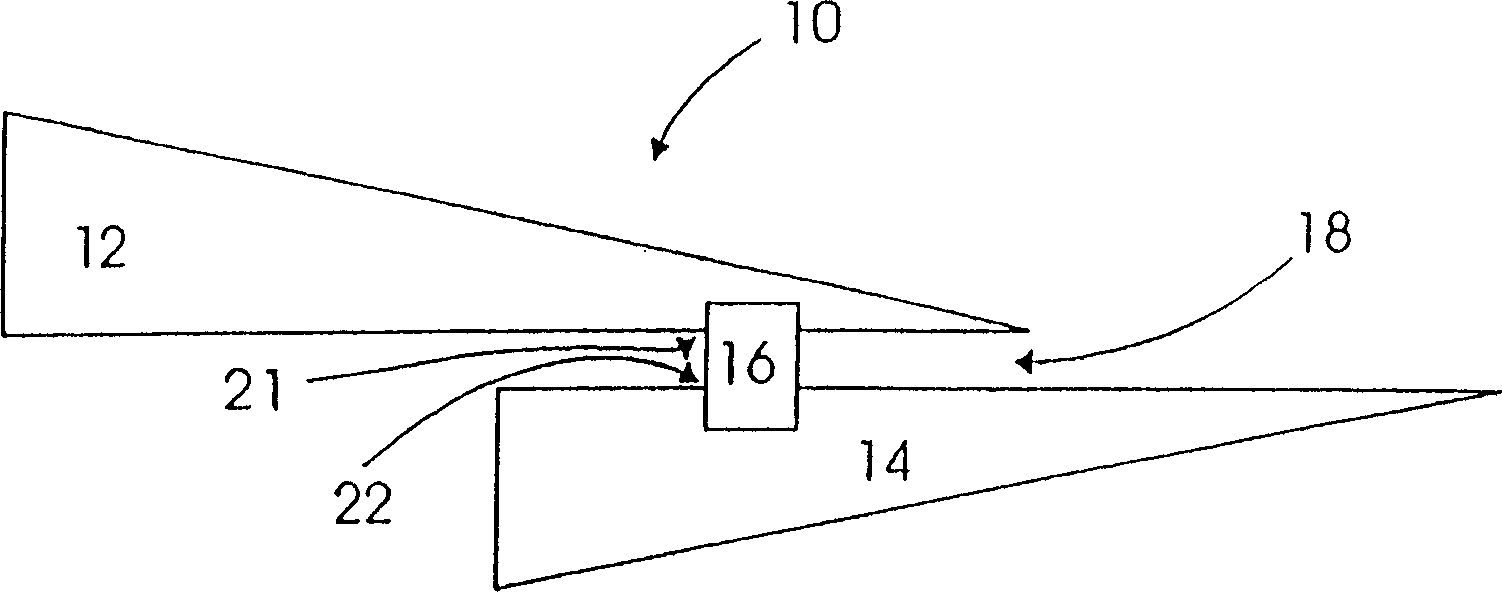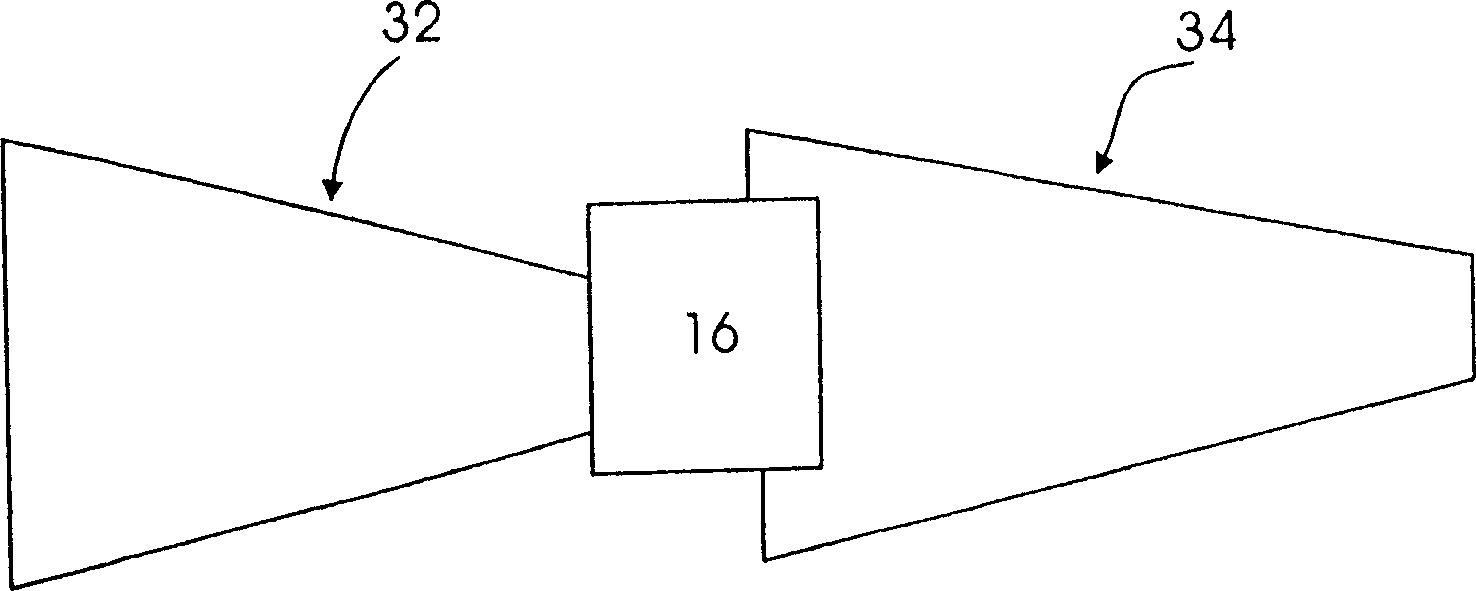RFID tag using a surface insensitive antenna structure
An antenna system and central axis technology, applied in the direction of the record carrier used by the machine, the mid-position feed between the antenna endpoints, the antenna, etc., can solve the problems of inconvenient manufacturing, expensive, and vulnerable
- Summary
- Abstract
- Description
- Claims
- Application Information
AI Technical Summary
Problems solved by technology
Method used
Image
Examples
Embodiment Construction
[0034] The present invention is directed to a radio frequency identification device (RFID) and its antenna system so that when the radio frequency identification device is attached to the package or container, it communicates information about the package or container to an external reader. The package may be an individual package containing a particular known item, or an outer package containing a group of further inner individual packages. The terms "package" and "container" may be used interchangeably herein to describe materials and equivalent structures that contain items such as goods or other individual packages. The present invention should not be limited to any particular meaning or method when "package" or "container" is used.
[0035] figure 1 One embodiment of the present invention implemented in an RFID tag 10 including a wireless communication device 16 is shown. Device 16 may be active, i.e. generate radio frequency energy (or radio energy) itself in response ...
PUM
 Login to View More
Login to View More Abstract
Description
Claims
Application Information
 Login to View More
Login to View More - R&D Engineer
- R&D Manager
- IP Professional
- Industry Leading Data Capabilities
- Powerful AI technology
- Patent DNA Extraction
Browse by: Latest US Patents, China's latest patents, Technical Efficacy Thesaurus, Application Domain, Technology Topic, Popular Technical Reports.
© 2024 PatSnap. All rights reserved.Legal|Privacy policy|Modern Slavery Act Transparency Statement|Sitemap|About US| Contact US: help@patsnap.com










